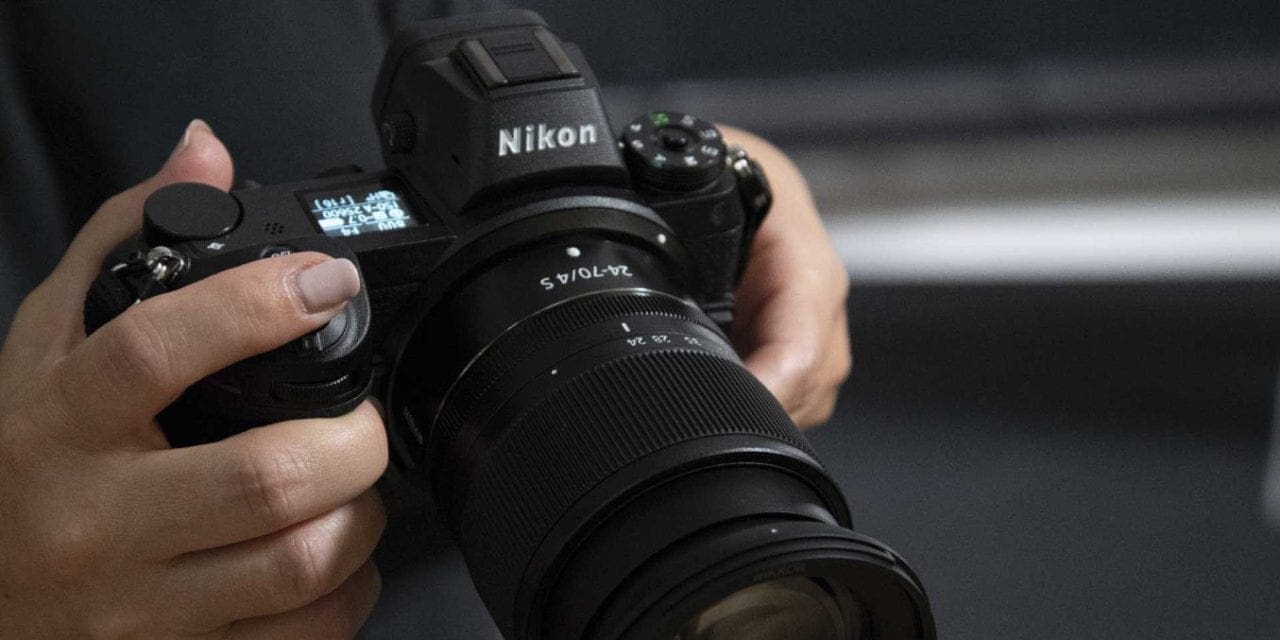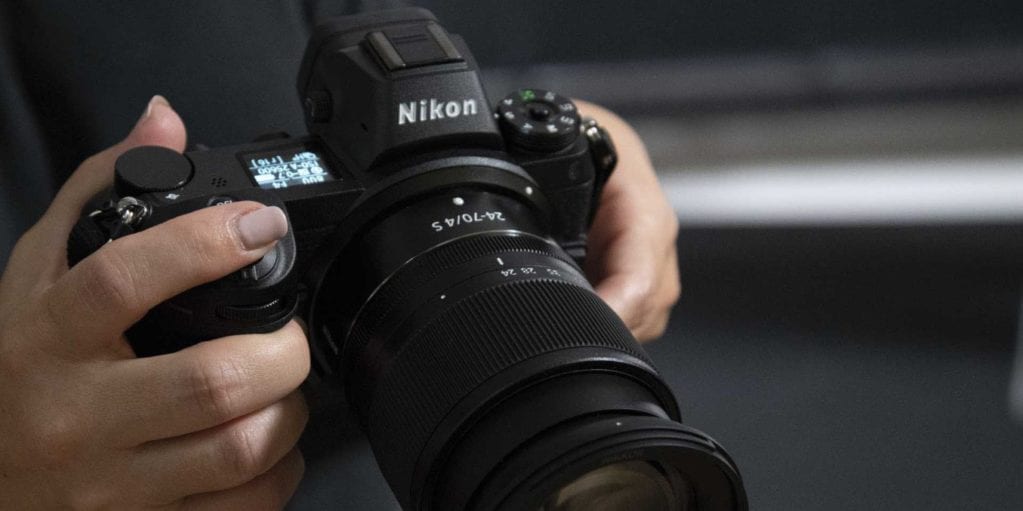Mirrorless cameras – also known as compact system cameras – are now big business and no longer the plucky upstart. Gone are the days where DSLR was king. Mirrorless cameras are steadily winning an increasing share of the camera market.
This is because a growing number of photographers are recognising the benefits of using mirrorless cameras, namely the smaller design and an electric viewfinder that lets you see the impact of camera settings.
There are now mirrorless cameras to suit every kind of photographer, including professionals. As with DSLRs, specs can vary greatly between different mirrorless cameras, making something which is suitable for one photographer not particularly suitable for another.
To make it easy to see which mirrorless camera is best for your needs as a photographer. We’ve indicated who is best suited to each camera; although we should point out that we’ve focused on the higher end of the market here.
The best mirrorless cameras your money can buy
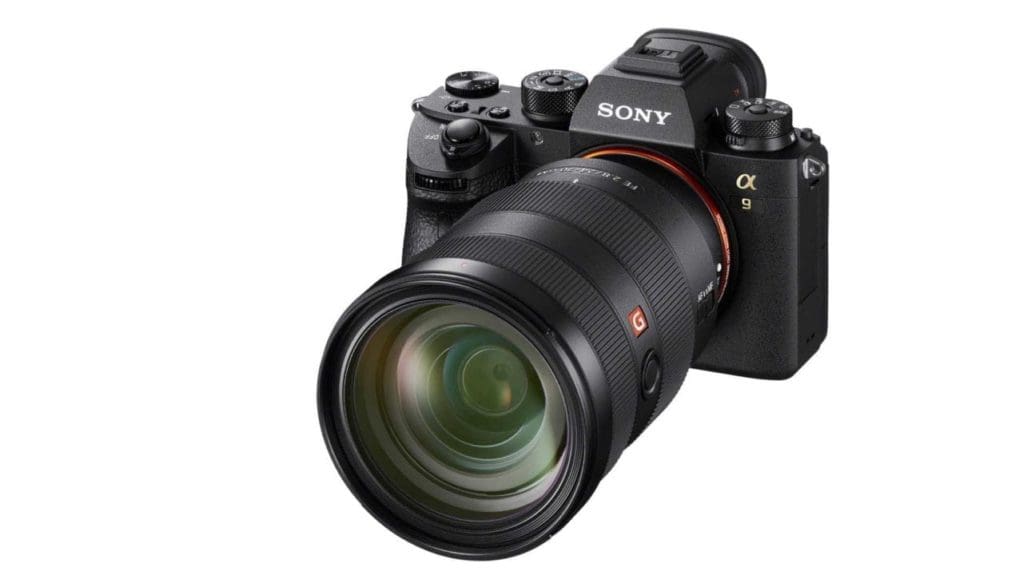
Sony A9 II
Sensor: 24.2Mp Full-frame (35.8 x 23.9mm)
ISO Range: 50-204,800
Viewfinder: Electronic 0.5-inch type OLED with 3,686,400 dots
Screen: Tilting 3-inch touch-sensitive LCD with 1,440,000 dots
Video: 4K (3840 x 2160) at 30p, 100Mbps
Dimensions: 126.9 x 95.6 x 63.0mm
Sony introduced the Alpha 9, also known as the A9 for professional photographers and as a competitor for Canon’s EOS-1Dx Mark II and Nikon’s D5 pro-level DSLRs. With 24million pixels on its full-frame sensor, the A9 has a higher resolution than either fo those DSLRs. It also has a phenomenal phase detection focusing system with 693 points that has even convinced pro sports photographers like Bob Martin to use it to shoot key events.
The Sony A9 II retains the same stacked 24-megapixel full-frame sensor as its predecessor, the A9. However, Sony is promising more precision and faster operation thanks to the addition of its latest Bionz X processor.
The A9 II also retains the A9’s much-lauded 693-point phase detection AF system, which also includes 425 contrast AF points. It also incorporates Sony’s Real Time Eye-AF, Real Time Tracking and Fast Hybrid Focusing modes.
Some of the bigger changes in the A9 II vs the A9 are in its design, which includes new weather-proofing around the A9 II body should appeal to professional users. Sony has also reinforced the areas around ports and battery and memory card doors to prevent ingress of water.
Another new addition to the Sony A9 II is a built-in 1000BASE-T Ethernet terminal, enabling gigabit communication for high-speed data transfer.
The Alpha 9 II also adds a new Voice Memo function that allows users to attach voice memos to specific images that can be replayed when the images are reviewed.
Sony makes sensors for many of today’s cameras and naturally, its reserved a peach of a chip for its flagship camera. Detail levels are high and noise control is excellent.
Check the price of the Sony A9 II at B&H Photo Video and Wex Photo Video.
Best for: sport, wildlife and wedding photographers
Nikon Z 7
Sensor: 45.7Mp Full-frame (35.9 x 23.9mm)
ISO Range: 32-102,400
Viewfinder: Electronic 0.5-inch type OLED with 3,690,000 dots
Screen: Tilting 3.2-inch touch-sensitive LCD with 2,100,000 dots
Video: 4K (3840 x 2160) at 30p
Dimensions: 134 x 100.5 x 67.5mm
Nikon may have only just entered the full-frame mirrorless camera market, but it’s done it with style. The 45Mp Nikon Z 7 has a lot in common with the hugely popular Nikon D850 but its handling is even more refined. In our opinion, it has the best handling of any Nikon digital camera.
And although it’s smaller than the D850, it has a well-sized grip, so it works well with large lenses.
Its image quality is also extremely good. Images shot at the lower sensitivity settings have an impressive level of detail and they seem to leap from the screen on the back of the camera. At higher sensitivity settings like ISO 25,600, the Z 7 also controls noise well.
It all adds up to make the Z 7 one of the best and most enjoyable to use cameras available right now. The only downside is its single XQD card port. That’s a turn-off for some wedding photographers, but others are willing to put their father the reliability of XQD media.
Best for: landscape and wildlife photographers
Sony A7 III
Sensor: 24.2Mp Full-frame (35.8 x 23.9mm)
ISO Range: 50-204,800
Viewfinder: Electronic 0.5-inch type OLED with 2,359,296 dots
Screen: Tilting 3-inch touch-sensitive LCD with 921,600 dots
Video: 4K (3840 x 2160) at 30p, 100Mbps
Dimensions: 126.9 x 95.6 x 73.7mm
Although it doesn’t have exactly the same sensor as the Sony A9, the full-frame A7 III has the same pixel count (24.2million). It also has a similar autofocus (AF) system with 693 points and it does a great job of getting fast-moving subjects sharp. Add in the maximum continuous shooting rate of 10fps (silent if you want) with full AF and metering capability and you start to see why the A7 III is selling like hot cakes.
Sony has given the A7 III an OLED viewfinder with 2,359,296 pixels, which although lower resolution than the A9’s viewfinder, gives a detailed view. A mini-joystick on the back of the camera falls conveniently under your thumb for selecting the AF point but you can use the touch-screen to set the point if you prefer – even when looking in the viewfinder.
Like the A9, the A7 III ‘s touchscreen can be tilted to give a better view of video or landscape format images. Unfortunately, Sony hasn’t made much use of the touch-control but it’s handy for setting AF point or zooming quickly into images to check sharpness.
The A7 III’s menu is very extensive and there are lots of customisation options available. This means it can take a while to get to know the camera but you can set-up to suit your style of shooting.
It’s an excellent all-rounder that delivers superb-quality images and video. The A7 III is arguably one of the best mirrorless cameras on this list when you consider the balance of specs, performance and price point.
Best for: enthusiast photographers shooting a wide range of subjects

Fujifilm X-T4
Sensor: 26MP BSI APS-C X-Trans CMOS IV
ISO Range: 160 – 12800 (80 – 51,200 expanded)
Viewfinder: 0.5-inch 2.36-million dot OLED Colour viewfinder, 0.77x magnification
Screen: 3.0-inch, 3.69k-dot tilting touch-sensitive screen
Video: 4K(4096×2160)
Dimensions: 132.5 x 92.8 x 58.8mm
It may have the same 26.1MP X-Trans CMOS 4 sensor and X-Processor 4 processing engine as the X-T3, but the Fujifilm X-T4 also has 5-axis in-body image stabilisation with a shutter speed compensation value of 6.5Ev, a quieter shutter, a bigger battery, a great new Film Simulation mode and a vari-angle touchscreen.
Like the X-T3, the X-T4 can shoot C4K (4096 x 2160) MOV video at up to 60p. However, it can also record in MP4 format.
In addition, its possible to record Full HD video at up to 240p (with continuous focusing), twice the rate possible with the X-T3. That’s great news for those who like to see action in slow-motion.
All this combined with Fujifilm’s image-quality knowhow makes the X-T4 the company’s best X-series camera to date, not to mention one of the best mirrorless cameras you can buy today.
It may not be an automatic upgrade choice for X-T3 users, but X-T1 and X-T2 photographers will love it. More significantly, it’s very attractive to anyone contemplating their first serious Fuji camera.
Best for: street, landscape and wedding photographers
 Olympus OM-D E-M1 Mark III
Olympus OM-D E-M1 Mark III
Sensor: Four Thirds type 20.4 MP Live MOS sensor
ISO Range: 64-25,600
Viewfinder: Electronic with 2,360,000 dots
Screen: 3.0-inch, 1,037,000k-dot vari-angle touch-sensitive screen
Video: C4K (4096 x 2160) at 30/25p
Dimensions: 134.1 x 90.9 x 68.9mm
Some of the new features in the E-M1 III come as a result of the uprated processing engine. Live ND mode, for example, uses similar technology to Live Composite mode, but it enables you to preview the impact of a long exposure.
That demands a lot of processing power, but it’s a useful feature for landscape and creative photography. It also means that you don’t need to carry any ND filters with you as the exposure can be extended by up to 32x using the camera’s inbuilt system.
Olympus has given the OM-D E-M1 III’s sensor a new coating, which was introduced with the E-M1X. This reduces the likelihood of dust sticking, making the advanced SSWF (Super Sonic Wave Filter) technology, which vibrates the filter over the image sensor filter 30,000 times per second, even better at keeping the sensor clean.
In some respects the Olympus OM-D E-M1 Mark III might look like a fairly modest upgrade from the OM-D E-M1 Mark II. However, it feels more refined and has some great features that make shooting in tricky conditions a little easier.
It also enables photographers to travel lighter, not just by being relatively small and light itself, but by allowing tripods and ND filters to be left behind in many situations.
Olympus also offers an extensive array of superb lenses and the 2x focal length magnification factor is especially useful for sport and wildlife photographers. While existing OM-D E-M1 Mark II may not want to upgrade, the OM-D E-M1 Mark III makes a very attractive option for enthusiast photographers looking to switch to a mirrorless camera.
Best for: landscape, sport and video shooters
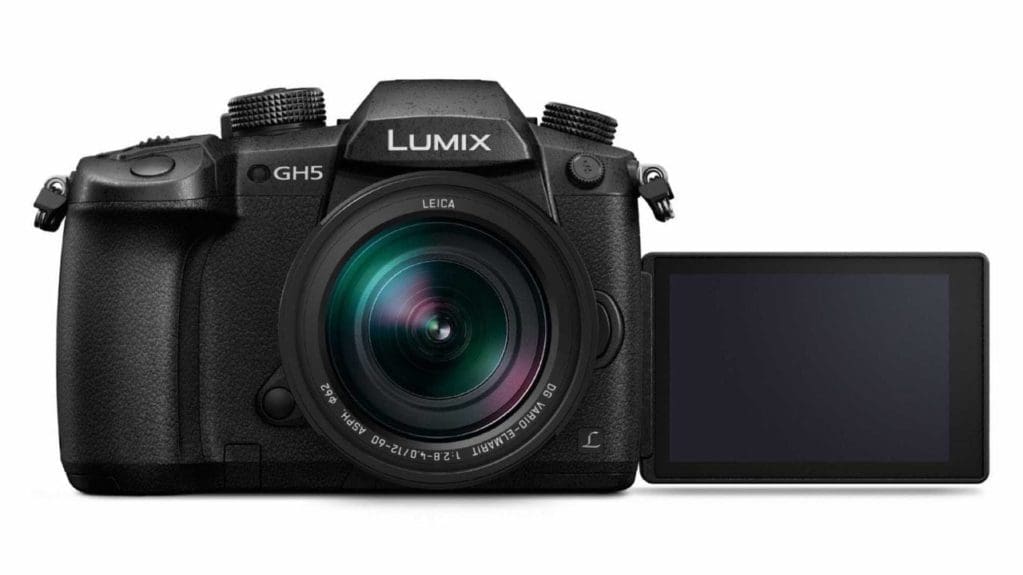 Panasonic Lumix GH5
Panasonic Lumix GH5
Sensor: 20.3Mp Four Thirds type (17.3 x 13mm)
ISO Range: 100-25,600
Viewfinder: Electronic 21mm type OLED with 3,680,000 dots
Screen: Vari-angle 3.2-inch touch-sensitive LCD with 1,620,000 dots
Video: 4K (4096 x 2160) at 24p,
Dimensions: 138.5 x 98.1 x 87.4mm
Prior to the announcement of the GH5S, the GH5 was Panasonic’s flagship video camera. Panasonic now bills the GH5 as its flagship hybrid camera with the GH5S being its most video-centric model. For many people, the GH5 still represents the best video option because unlike the GH5S, it has image stabilisation built-in.
But that’s not all. The GH5 has a pretty serious specification for videographers not least the fact that it can shoot 4K 4:2:2 10-bit 400Mbps video. There are even options such as 6K and 4K anamorphic mode with de-squeeze assist viewing mode so you get a sensible view of the anamorphic video you’re recording.
Along with the high-quality viewfinder, the screen is mounted on a variable hinge so you can angle it to give the perfect view whether you’re shooting video from high or low angles – or shooting stills in portrait format.
As it’s a Micro Four Thirds camera, the GH5 is compatible with a huge range of lenses. Though it’s now several years old, the Panasonic GH5 remains one of the best mirrorless cameras you can buy – and certainly for video.
Best for: Video
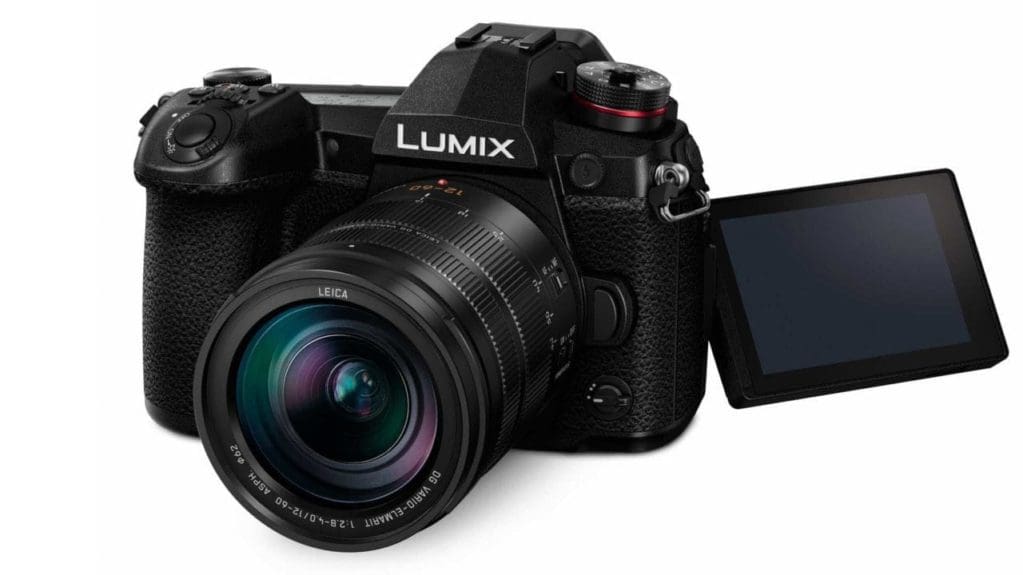
Panasonic Lumix G9
Sensor: 20.3Mp Four Thirds type (17.3 x 13mm)
ISO Range: 100-25,600
Viewfinder: Electronic 21mm type OLED with 3,680,000 dots
Screen: Vari-angle 3-inch touch-sensitive LCD with 1,040,000 dots
Video: 4K (3840 x 2160) at 60p, 50p, 30p, 25p, 24p
Dimensions: 136.9 x 97.3 x 91.6mm
While the Panasonic GH5 and GH5S are best known for their video capability, the Lumix G9 is squarely aimed at stills photographers. Specifically wildlife and outdoor photographers.
Of course, that doesn’t mean that you can’t shoot video with it. Panasonic has enabled 4K (3840×2160) recording at 24, 25, 30, 50 or 60p at a maximum of 150Mbps in MP4 format. Meanwhile, Full-HD (1920×1080) video can be shot at up to 180fps for slow motion playback.
Panasonic uses contrast detection focusing but the G9 has a 225-point system that is capable of keeping track of fast-moving subjects. It can also shoot at up to 20fps with continuous autofocus, which puts it on a par with the Sony A9 in the speed stakes.
In addition, its weatherproof body shuns rain, making it an excellent camera for photographing wildlife or sport in less than perfect conditions.
Best for: Wildlife
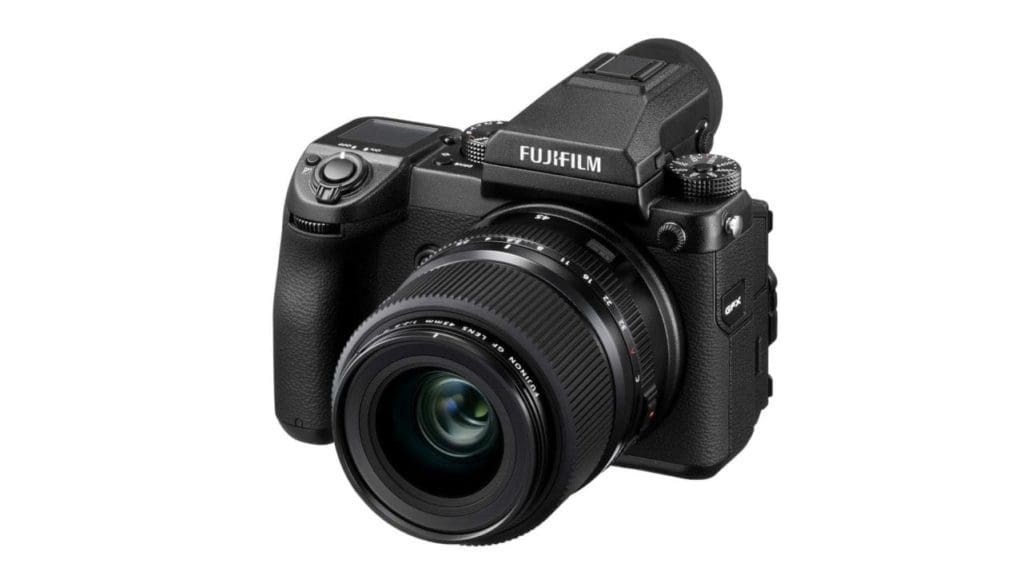
Fujifilm GFX 50S
Sensor: 51.4Mp 43.8 x 32.9mm (medium format)
ISO Range: 50-102,400
Viewfinder: Electronic 0.5-inch type OLED with 3,680,000 dots
Screen: Dual-tilting 3.2-inch touch-sensitive LCD with 2,360,000 dots
Video: Full HD (1920 x 1080) at 29.97p / 25p / 24p / 23.98p and 36Mbps
Dimensions: 147.5 x 94.2 x 91.4mm
Fujifilm has bypassed full-frame mirrorless cameras in favour of a medium format model to accompany its popular X-series APS-C format range.
The GFX 50S looks like an overgrown X-T2 and packs a 51.4million-pixel sensor that measures 43.8 x 32.9mm. That enables it to capture jaw-dropping levels of detail with the colours that we love from Fujifilm cameras.
The focusing isn’t as fast as with the X-T2, but it’s pretty good for a medium format camera.
Unusually, the 0.5-inch 3.69million-dot OLED viewfinder can be removed from the GFX 50S to make it smaller and lighter if you want. Alternatively, there’s a tilt and swivel pastor to allow you to use the viewfinder when shooting from awkward angles.
Best for: Portraits
